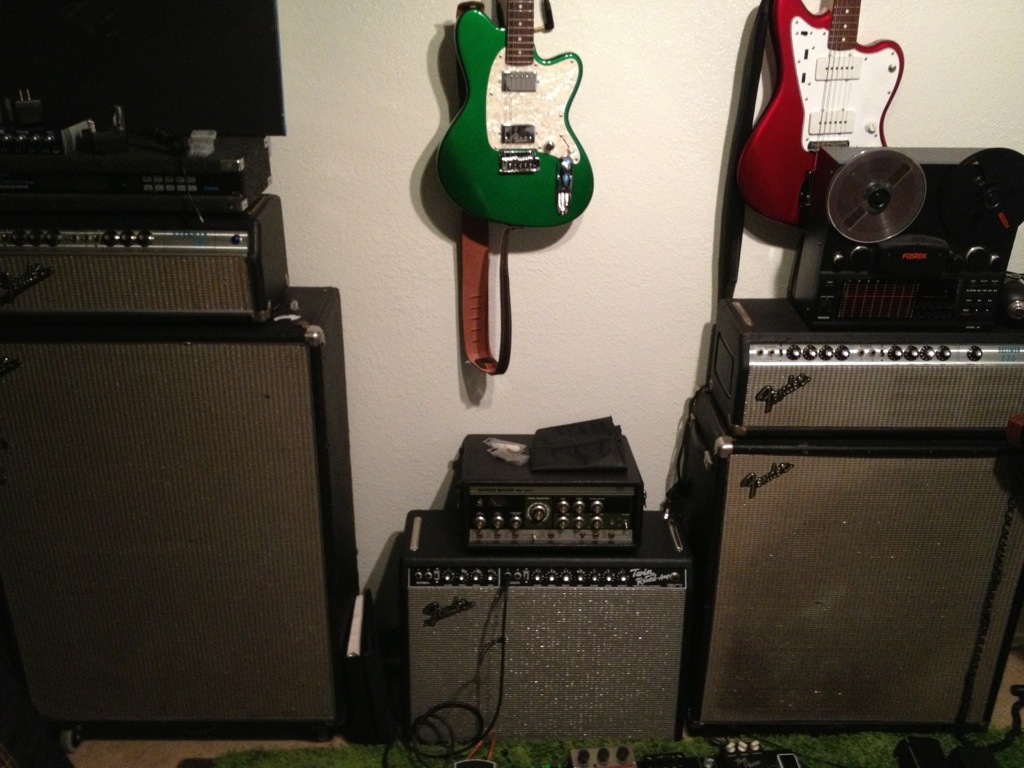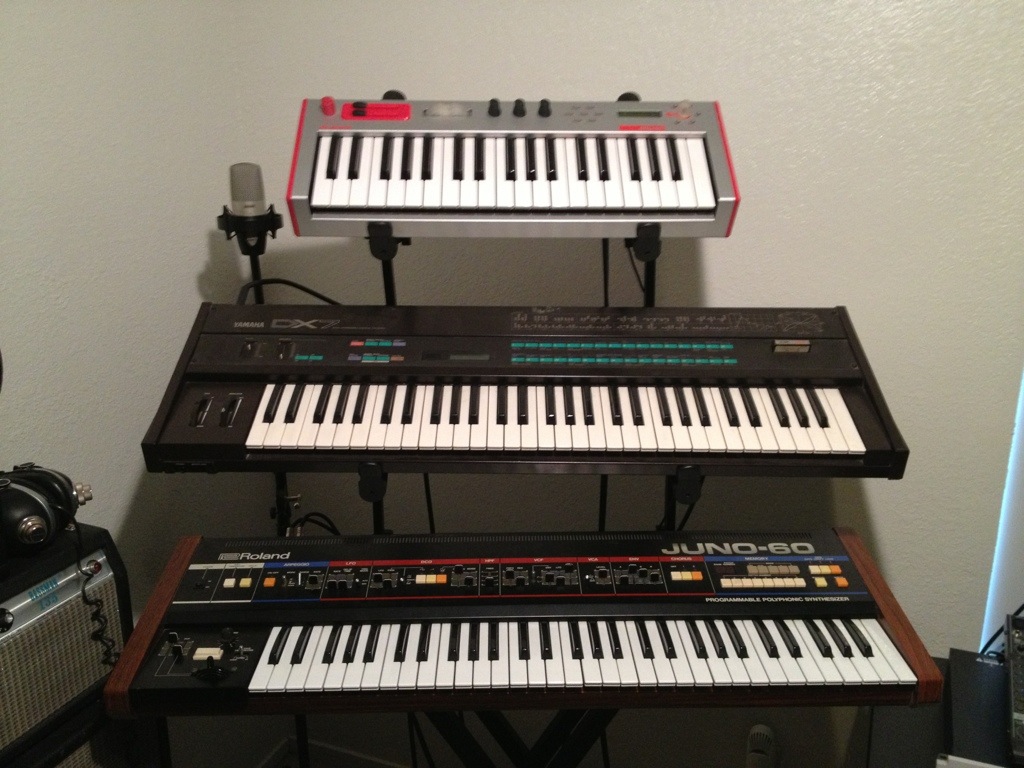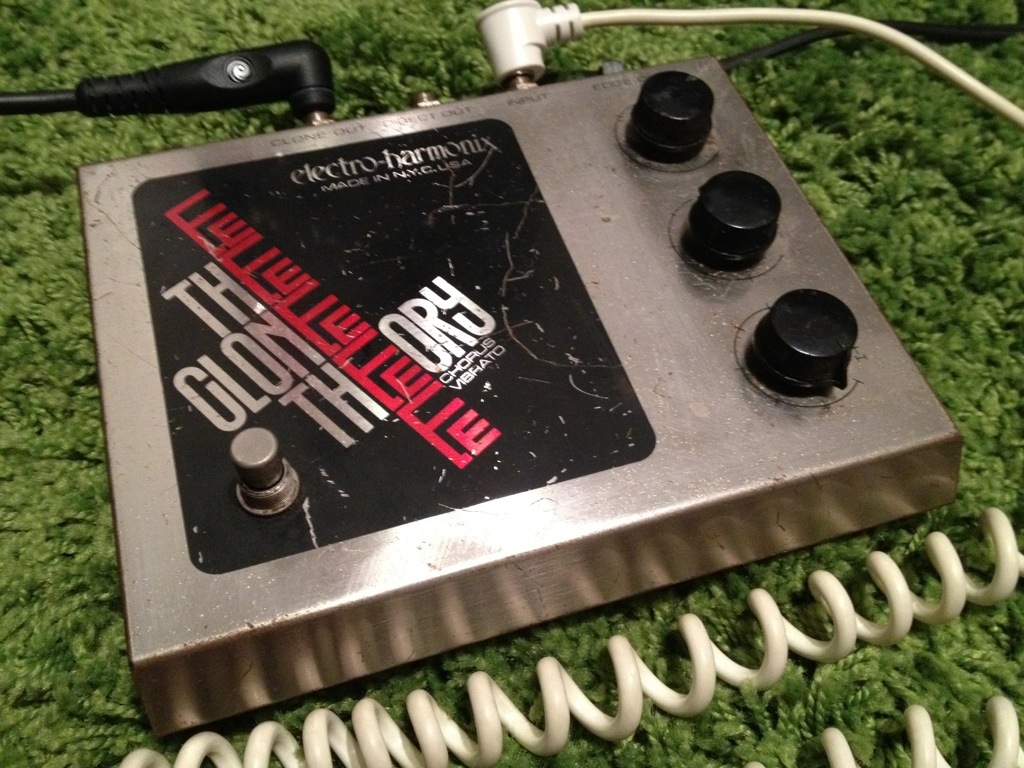Patches
Parts are here
Enclosures got here today
Got a few synths hooked up
Workbench Update
New Gear: Electro-Harmonix The Clone Theory
Workbench up and standing
Workbench Notes
I am just taking some notes on what will be on my small workbench for this winters projects. Here we go.
- Metal workbench with 2 drawers from Harbor Freight.
- Pref board hangers for smaller tools. Screw drivers and sockets and hand tools.
- iPad stand and charger. I use my iPad for all my schematics and build notes.
- Small basic speakers for when I play music from my iPad.
- 2 40 drawer parts holders from Harbor Freight. I will be storing all my passive parts in these drawers.
- Weller soldiering station with accessories.
- Portable oscilloscope.
- Pedal breadboard test unit with battery powered amp to test pedals with.
- Small vice for soldering and holding parts.
- Bench top craftsman drill press.
- Drill press vice.
- Metal or plastic strip with 1/2″ and 3/8″ holes to hold jacks and pots and switches when soldering.
I’m sure I will think of more….till then.
Pedal Build Process Part 1
A rundown of how I start to make a pedal. I wanted to document this so I can learn better ways of doing it along the way.
- Mark “cuts” and “links” on the VeroBoard with a sharpie.
- Cut strip side with a blade so the traces will not lift.
- I use a drill bit to drill through the PCB and “cut the trace” that way.
- Test traces with a multimeter to make sure cuts are correct.
- Soldier on links first.
- I like to shoot on some flat or satin spray paint to the PCB just to get rid of that ugly brown color.
- I like to place the IC/Transistor sockets first.
- I then mount all the resistors.
- Next up, capacitors. I start with the physical smaller caps since they can/will be a pain to install once the physically larger caps are installed.
- Now on to the larger caps.
- Install the ICs or transistors in this case, into the sockets.
- PCB layout is complete.
More to come…














